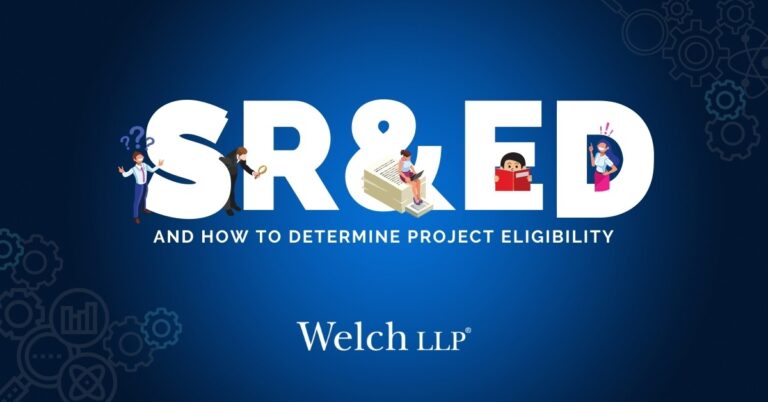The determination of SR&ED – The Five Questions
Question #3
Was the overall approach adopted consistent with a systematic investigation or search, including formulating, and testing the hypotheses by means of experiment or analysis?
This question is specific to the investigation conducted and it is expected that the investigation is a planned approach, which can be summarized as one which:
- Formulates a hypothesis/proposed solution to address uncertainties;
- Tests the hypothesis/proposed solution through systematic experimentation;
- Draws conclusions based on results of experimentation.
From this, we can recognize the three main components which define a planned approach (and, ultimately, an appropriate SR&ED investigation):
- Hypothesis/proposed solution formulation
- Systematic investigation
- Conclusions
Breaking these components down, we can shed some light on what is required to define an appropriate investigation.
Hypothesis/solution formulation
For this criterion, if an appropriate solution has been formed regarding Question #2 this will be fulfilled as a result.
Systematic investigation
Here, the term systematic comes up. This is a significant part of determining whether or not your investigation is SR&ED. A systematic investigation is one which not only addresses the uncertainties but does so using an iterative process. In this case, new uncertainties can arise during testing and an iterative investigation develops a new or modified solution based on these new findings which is then tested. This is typically recognized in industry as the evolution of prototypes or models. Additionally, a systematic investigation should keep a record of work which demonstrates that work is built on analyzing results at each iteration (which will be important in answering Question #5). By defining this systematic approach, you can justify to CRA that your results are not a consequence of trial and error or guess and check.
Conclusions
Stating your conclusions requires that you identify the results of your investigation, and their significance towards achieving an advancement. Framing your findings in this context will provided the conclusions from the investigation.
With these components in mind, you can determine if your investigation is in fact a planned approach.
In our next blog post we will discuss questions 4 and 5.
Author: Nicholas Ogrodnik
Position: Technical Advisor












